Ireland is known for its beautiful coastline, sheer cliffs, castles, lush green grass, its patron St. Patrick, Guinness beer, and lively pub culture. Even though Ireland is a small country, there is so much to explore. It might seem a bit overwhelming to figure out how to start planning your Ireland trip, especially if you are a first-time visitor. Let me share some tips to help you.
Table of Contents
Ireland trip planning: What you need to know before you go
Location
Let’s start with Ireland’s geopolitical location. Ireland is an island in Europe. Ireland consists of the Republic of Ireland and Northern Ireland. The Republic of Ireland is an independent country. It is referred to as Ireland. It covers about five-sixths of the island and is part of the European Union (EU). Northern Ireland is part of the United Kingdom of Great Britain. As part of the UK, it is no longer in the EU, although the logistics leaving the EU are still in the works.
Passport and Visas
Do you need a passport when traveling to Ireland? If you live in the EU, you do not need a passport. Your Identity Card will be sufficient. If you live outside the EU, you will need a passport. Visa requirements differ for different countries. For instance, the United States and Canadian citizens can freely enter the EU for a period of 90 days. Citizens of other countries, like China, need to apply for a Schengen Visa.
If you plan to travel between Ireland and Northern Ireland, you can freely do so. In 2016, British citizens decided to leave the UE in a national referendum. This is referred to as Brexit. The logistics of Brexit have not all been figured out yet. Due to the current agreement between the EU and the UK, tourists can freely travel between the UK and the EU. I recommend checking for new developments closer to your trip.
Currency
Remember that Ireland and Northern Ireland are two separate countries. Ireland uses EU currency, which is the Euro (€). Euro currency consists of both banknotes and coins. Any coins smaller than 1 Euro as referred to as Euro cents.
Northern Ireland uses UK currency, which is the pound sterling (£). It is simply referred to as the pound. Pounds come in banknotes and coins. Pound coins are also called quids by locals. Anything smaller than a pound is a pence, and a one pence coin is also called a penny.
Language
There are two official languages in Ireland. They are English and Irish Gaelic. Don’t worry, you should be able to communicate in English without any difficulty. You will find most signs written in both languages.
Northern Ireland, as part of the UK, only considers English an official language. As you travel through Ireland and the UK, you’ll get accustomed to different dialects. It might take you a second to adjust.
Ireland trip planning: Things to see and do in Ireland
Admire the Cliffs of Moher
If you’re wondering where to start, the Cliffs of Moher should make it to the top of your list. Ireland has a lot of sheer cliffs covering its west coastline. The Cliffs of Moher are the most impressive. You might recognize these cliffs from some classic movies like Harry Potter. Vistas over the Atlantic Ocean and the Arian Islands visible from the cliffs will leave you in awe.
It gets windy there a lot. It is some of the strongest winds I’ve ever experienced. Definitely stick to the paved pathways for safety. Bring extra layers to stay warm.
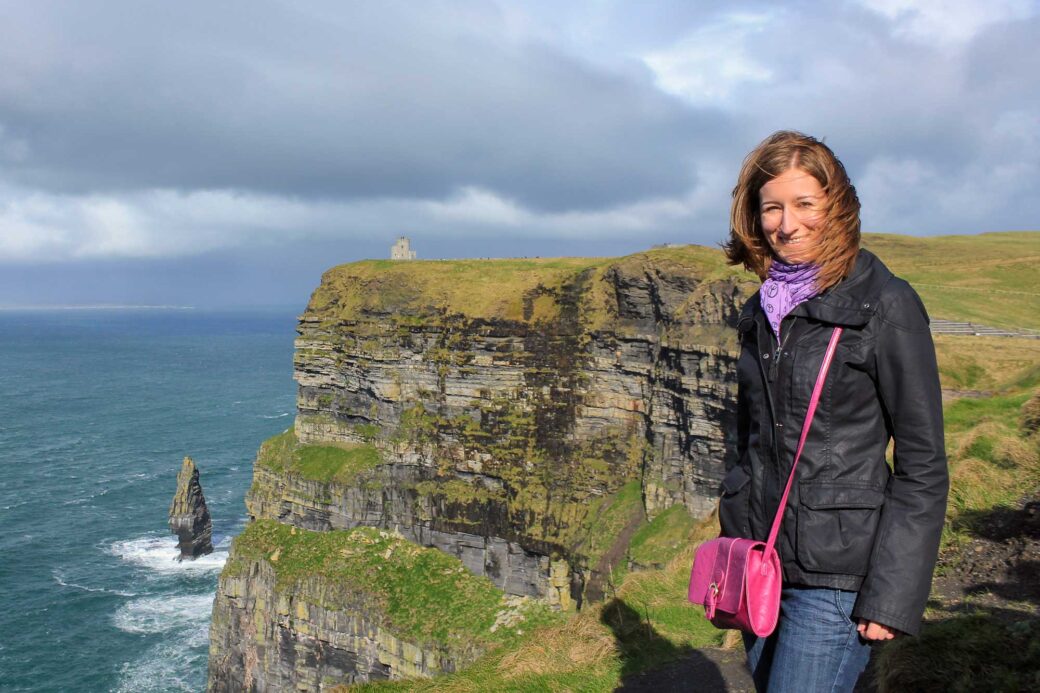
See the Irish coastline
The best way to experience the Irish coastline is to rent a car and drive the Wild Atlantic Way. The Wild Atlantic Way covers the whole west coast of Ireland: 1,500 miles (2,750 km) in length, to be exact.
Unless you plan to spend a few weeks in Ireland, you need to choose the portion of the road that interests you the most. One option to see is the 111-mile (179 km) Ring of Kerry. It lies on almost the same route as the Wild Atlantic Way and is considered the most scenic route in Ireland.
If you’re not renting a car, you can opt for an organized tour. I saw many beautiful parts of the coastline while booking a tour to the Cliffs of Moher from Cork.
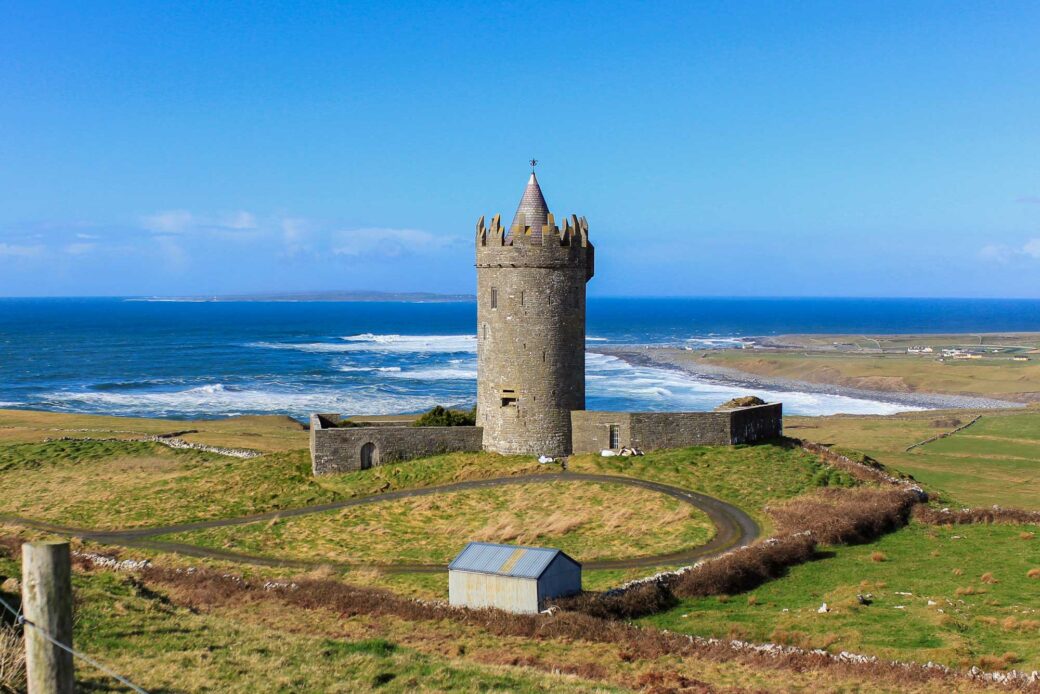
Visit the Burren
The Burren National Park is simply referred to as the Burren. It is the smallest national park in Ireland but offers one of the most unique landscapes. The Burren is one of the largest glaciokarst regions in the world. It was formed millions of years ago by glaciers and rainwater dissolving limestone.
The park is divided into uplands and lowlands which are full of rocks, crevices, and cliffs. The Burren is also known for its biodiversity. 75% of plants found in Ireland are located here. This unique ecosystem features flowers typically associated with mountainous and sub-artic areas.
The Burren is also an archeological site. It features monolith tombs of ancient Gaelic tribes. You’ll find Poulnabrone Dolmen here. In Gaelic, it means the hole of sorrows. Poulnabrone Dolmen is Ireland’s finest tabletop tomb, and it is from 4200 BC.
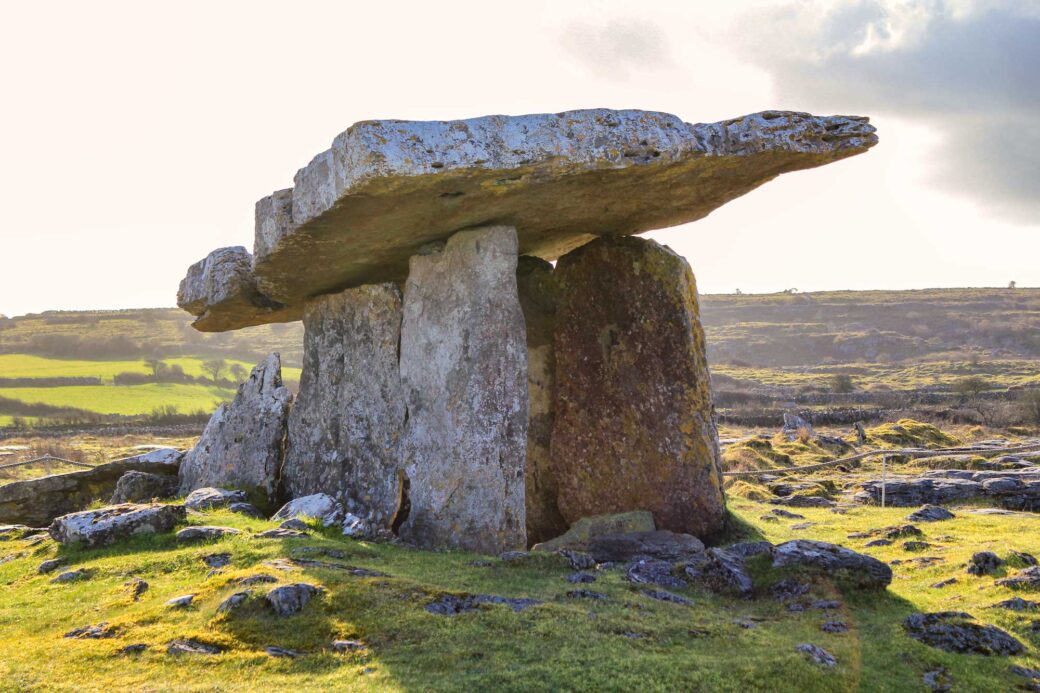
Find your favorite castle
Ireland has castles scattered throughout the country. There are plenty of options to choose from. If you’re planning to visit Cork, stop by one of the most visited Irish castles – Blarney Castle and Gardens. Don’t forget to stroll through the castle’s enchanted gardens, which are rich in Irish folklore.
One of the main attractions of Blarney Castle is the Blarney Stone. Kissing the Blarney Stone will bring you a gift of eloquence according to local beliefs. Its location is quite tricky, however. First, you have to climb to the top of the tower. Then, you have to lean back while holding onto the railing. The rock is located in the wall below the battlements.
If you make it to Limerick, you might enjoy visiting Bunratty Castle & Folk Park. It is more than just a castle. You can take a trip back in time and see how locals used to live in this fully recreated and furnished village from the 19th century.
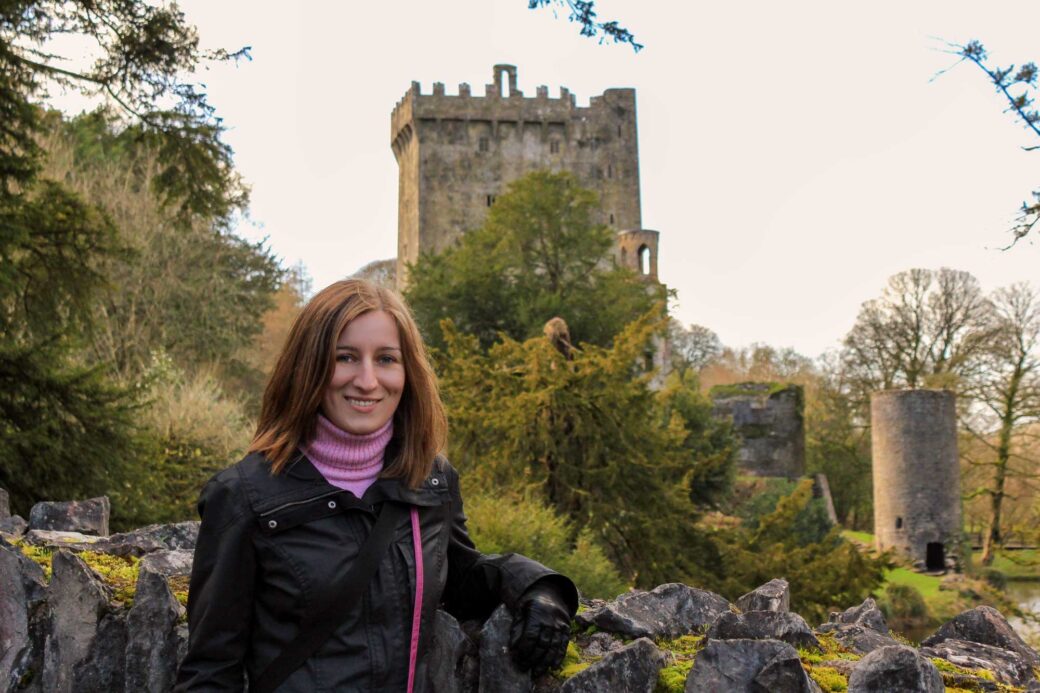
Experience Irish pub culture
A visit to Ireland wouldn’t be complete without an Irish pub. Irish pubs are more than just places to drink – they are centers of social life. Talking with strangers at Irish bars is as common a practice as is buying a round. After all, Irish people are known for their hospitality. It’s also common to experience impromptu music performances at the pub.
If you want to try Irish alcohols, whiskey and beer are the top choices. The best-known Irish whiskies are Jameson and Bushmills. Ireland is also known for Guinness beer, which is one of its top exports. My personal favorite is Bulmers, a lighter Irish beer.
Explore one of the Irish big cities
You most definitely will fly into one of the largest Irish cities. Take some time to explore what they have to offer. Dublin, the capital city, is the largest city in Ireland. The next two are Cork and Limerick. Experience anything from a lively pub culture to museums where you can learn more history of this fascinating country. The cities also offer many castles and cathedrals.
Dublin
If you’re a Guinness fan, don’t miss out on the Guinness Storehouse, Ireland’s number one tourist attraction. Tour the seven-story structure located in Dublin, drink some beer, and leave with a Guinness Dublin glass as a souvenir.
Of particular interest to history fans might be the Little Museum of Dublin. It showcases artefacts donated by people of Dublin. There is more history hidden at the National Museum of Ireland. I also suggest touring the Kilmainham Gaol if you’re interested in Ireland’s most notorious prison.
Cork
While visiting Cork, sample local cuisine at the English market. It is located in a beautiful Victorian style building. If you are a whiskey fan, tour the Irish Jameson Distillery to try this fine Irish product or learn about whiskey at the Irish Whiskey Museum.
Don’t miss out on the Cobh Heritage Centre located in the city of Cobh, 25 km southwest of Cork. There, you will learn about life in Ireland during the time of great famine and mass emigration. Cobh also features the fort that was the Titanic’s last stop. For more prison tours, make a trip to Spike Island, the Irish version of Alcatraz.
Limerick
Limerick is actually close to the Ring of Kerry and Cliffs of Moher, so chances are good that you will make a stop here. One of Limerick’s main attractions is its most photographed spot – King John’s Castle, the largest Irish contemporary museum of art. Other key attractions include the Limerick City Gallery of Art and the famous Treaty Stone from the 17th century.
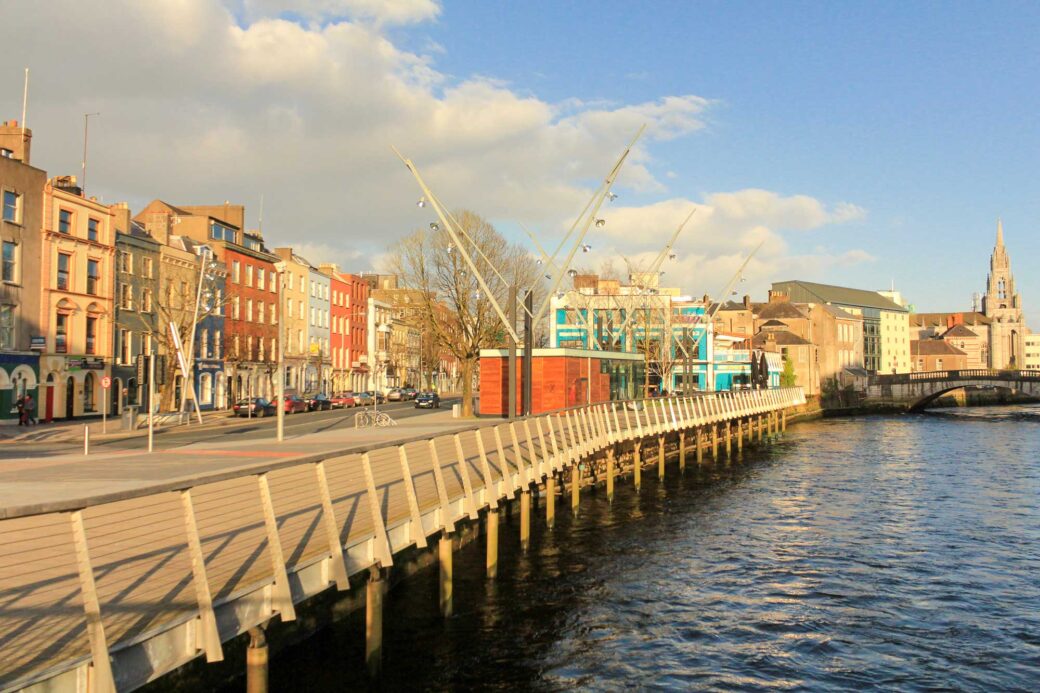
Logistics for Ireland trip planning
Transportation in Ireland
Ireland has quite an extensive public transportation system in the major cities. It might be more difficult to reach small towns and villages, which tend to be further from major bus and train routes. A tip for using buses when visiting Dublin: you need to flag down your bus. Otherwise, it will not stop for you.
I recommend renting a car if your goal is to explore the Irish countryside and be independent. There are a few things to keep in mind while planning your Ireland trip by car:
- Ireland has windy and narrow streets that may require slower speeds, especially for visitors new to the area.
- Traffic drives on the left side of the street.
- Most cars have manual transmission. If you want automatic transmission, you will need to request it when booking.
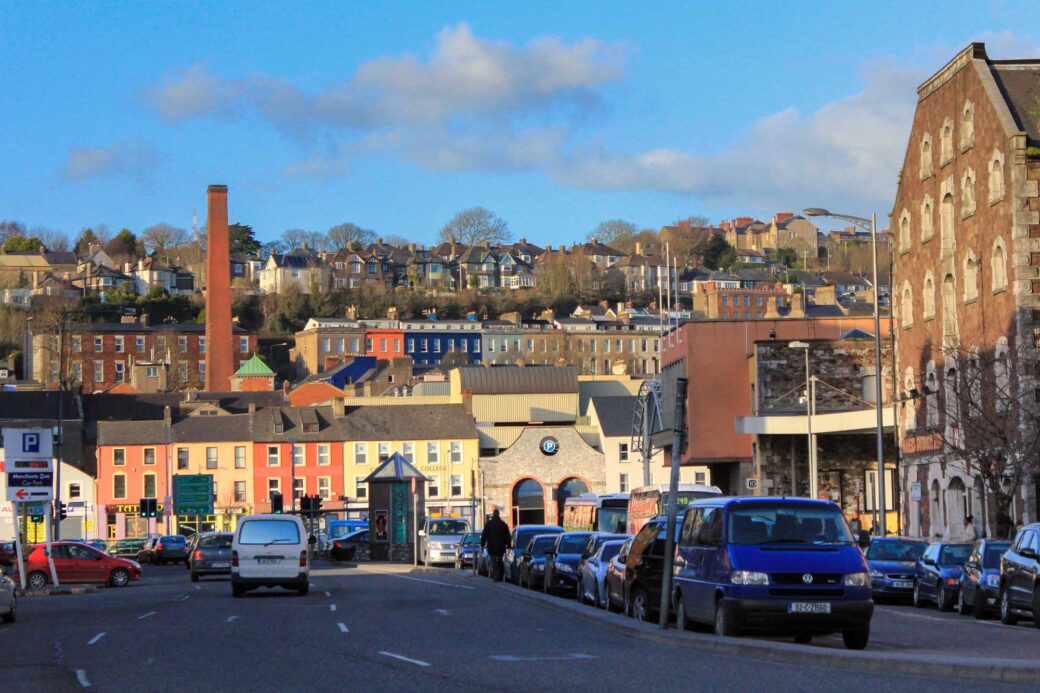
Accommodation in Ireland
Book your accommodations in advance. There are many options to fit everyone’s needs.
Irish people are known for their hospitality. I suggest a bed and breakfast or a guesthouse. These family-owned businesses offer an authentic Irish experience along with breakfast. They also tend to be cheaper than hotels. Guesthouses offer a lounge, a common area for guests to hang out, which is not provided by B&Bs.
Hotels, especially the ones in cities, tend to be the most expensive accommodations. There are some hotels in castles, mansions, and country houses that offer a more unique experience than a typical hotel.
If you want to save money, there are a lot of hostels located off the beaten path. Contrary to the popular belief that hostels involve shared space, hostels offer private and family rooms as well. You might also opt for a self-catering option with a kitchen to cook your own meals.
For those wanting to enjoy the outdoors, I recommend glamping, outdoor sleeping in comfort. Ireland’s unpredictable rainy weather might not be the best option for camping.
Best time to travel to Ireland
Ireland has an oceanic climate. It is chilly with lots of rainfall and cloudy skies. Temperatures do not change much throughout the year. They range from 4 C in the winter to 12 C in the summer (38-54 F).
The best time to travel, weather-wise, is spring and summer. Summer has the driest and longest days, but it is also a peak time for travel. Because the weather is so changeable, it is best to bring extra layers, especially windproof and waterproof gear.
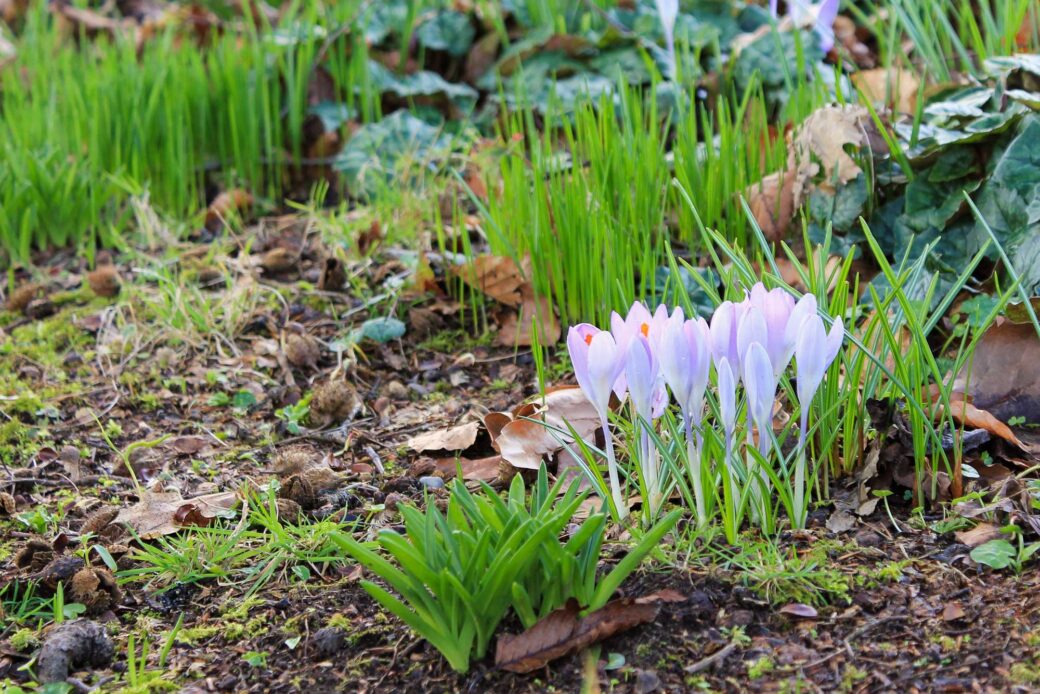
Overall
These are some of my ideas for Ireland trip planning. Ireland is a small and charming country that offers a lot of unique attractions. You will find anything from a lively pub culture to enchanting castles and a lot of natural beauty. There is plenty to do for history fans, outdoor lovers, party enthusiasts, and casual travelers looking for adventure. Do you only have a weekend for sightseeing in Ireland? Check out my post Cork and beyond: Ireland weekend itinerary. Enjoy!




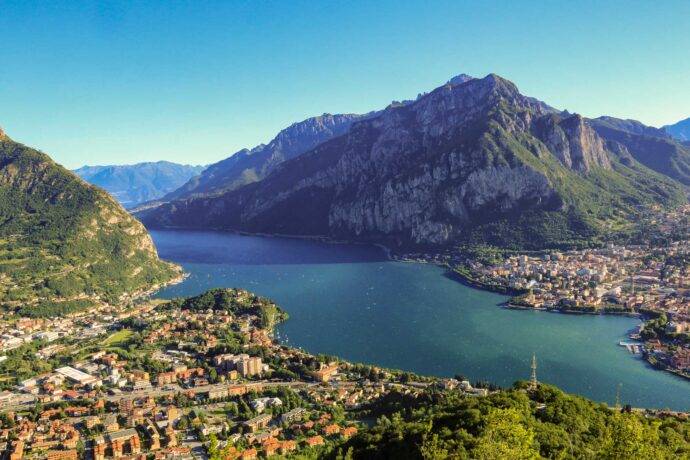

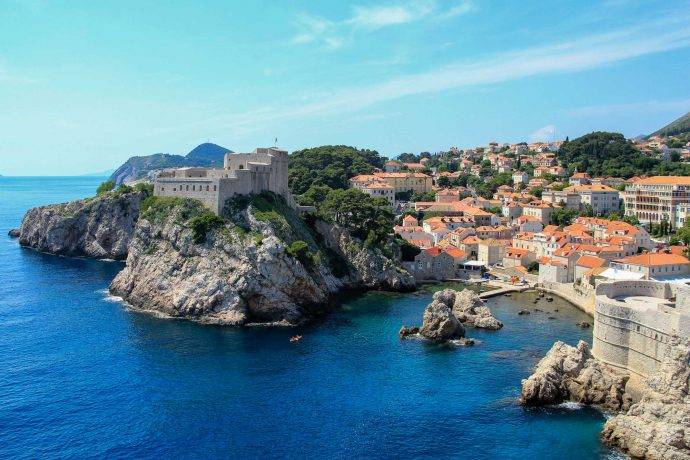

No comments